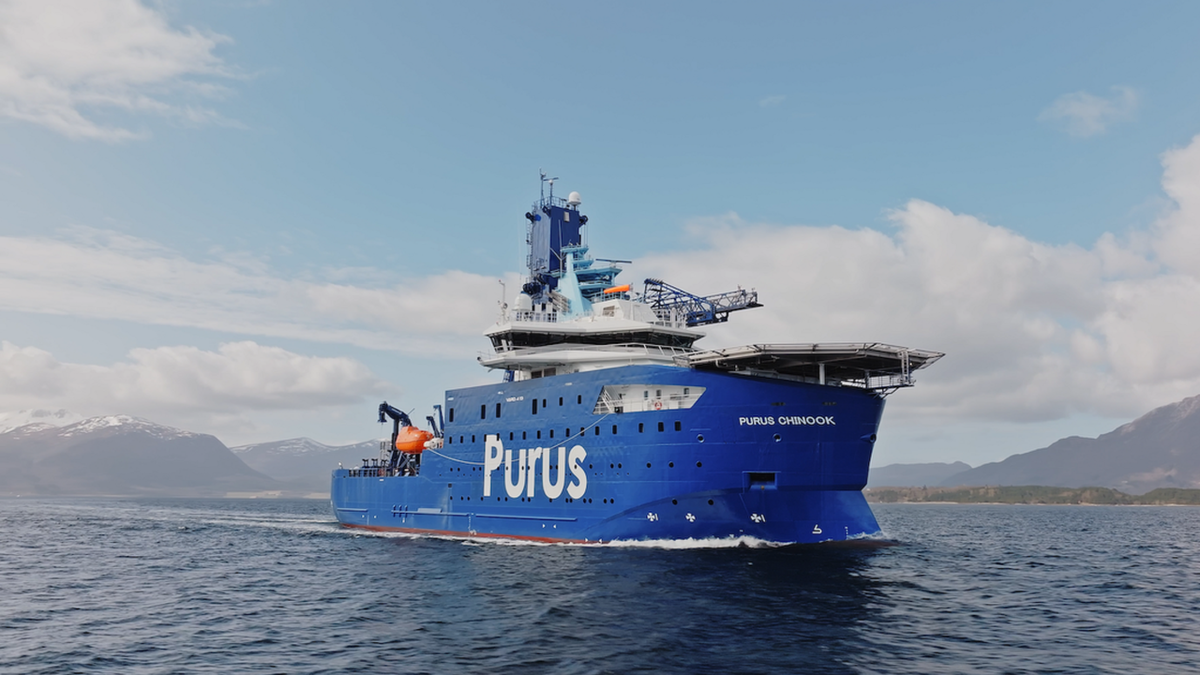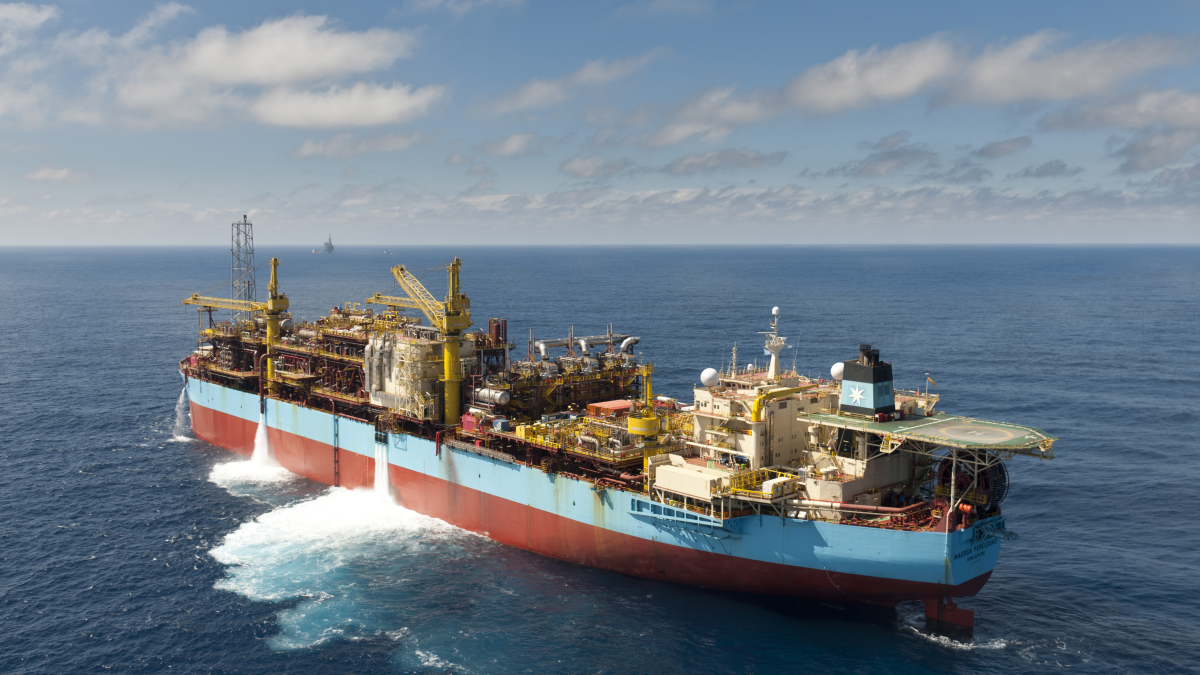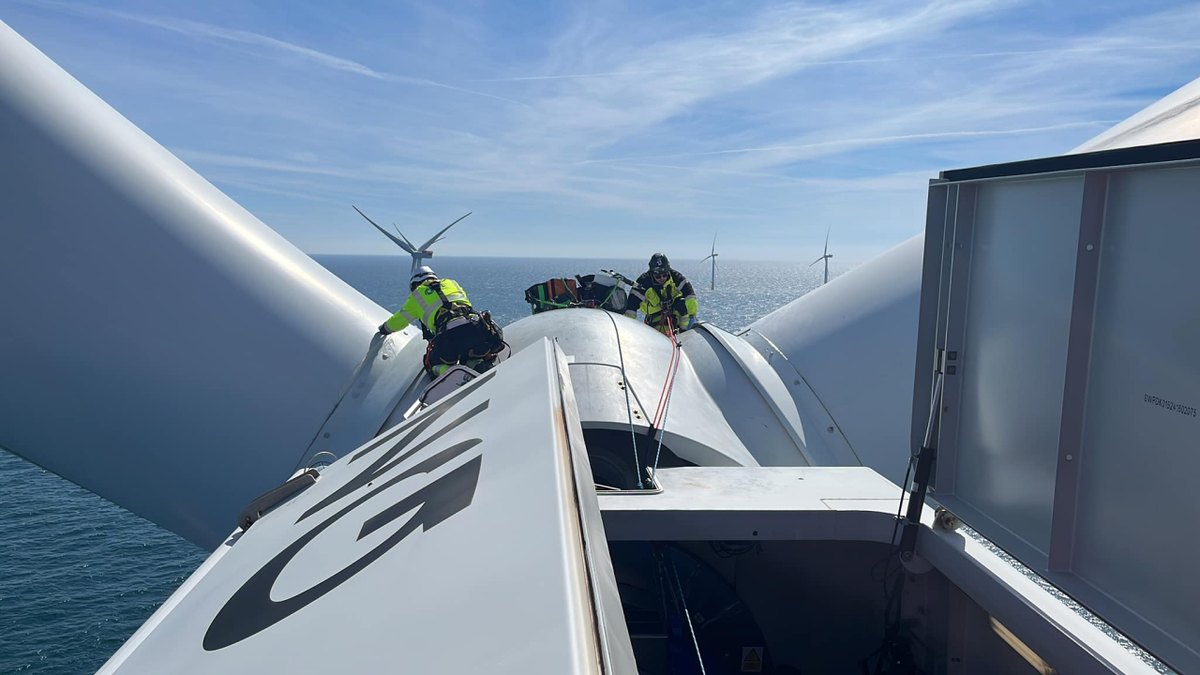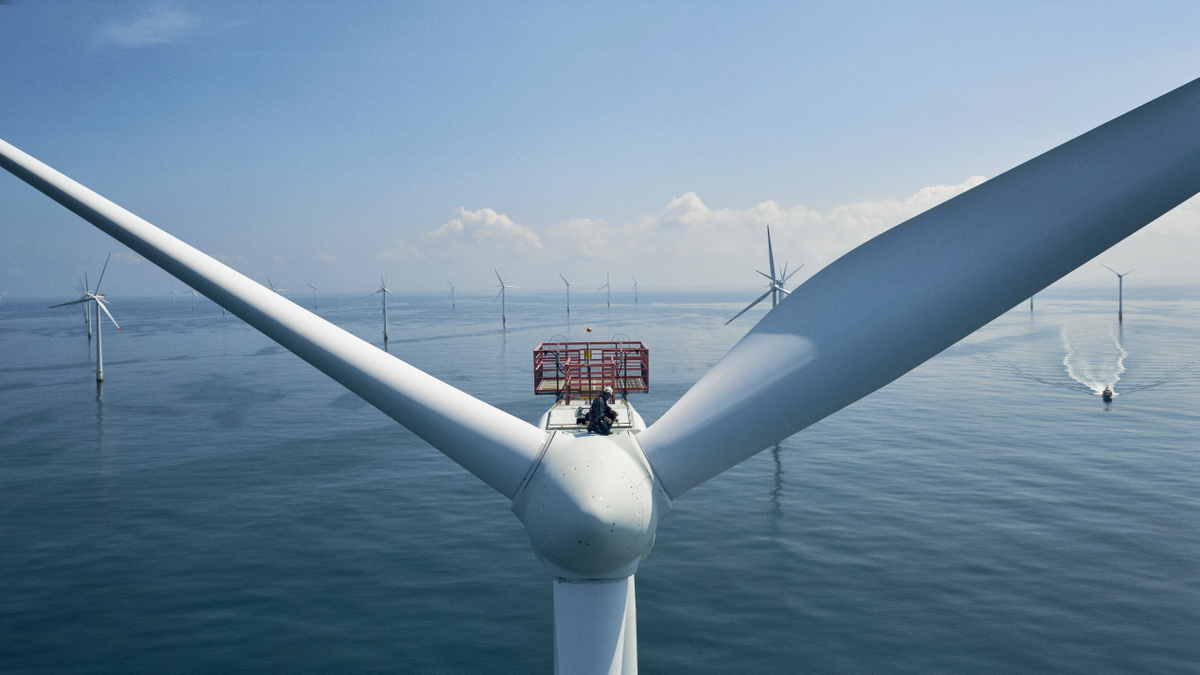Business Sectors
Contents
Register to read more articles.
Floating offshore wind in focus at DNV and LR
Classification societies are playing a key role as the floating offshore wind sector evolves and technology develops
Recent months have seen class societies update certification for floating wind turbines and publish recommended practice for support structures for floating wind turbines.
DNV has issued the latest update to DNV-SE-0422: Certification of Floating Wind Turbines, while Lloyd’s Register (LR) has published Recommended Practices for Floating Offshore Wind Turbine Support Structures.
DNV-SE-0422 is DNV’s comprehensive framework for the certification of floating wind turbines. DNV says, as offshore windfarms move into deeper waters, the document will play an important role in ensuring technology meets the highest safety and highest performance standards.
DNV renewables certification head of floating wind Pilar Heras says there are several updated sections in DNV-SE-0422. These include the certification process, which provides a clearer description of the various certification phases and documentation requirements for certification of floating wind turbines, ensuring compliance from early phases of design to operation.
The section on risk management is tailored to the dynamic challenges of floating wind turbines and to the complexity of projects that arise because of the large number of interfaces across phases and components. The document includes enhanced guidance for the certification of dynamic power cables.
The newly updated DNV-SE-0422 also takes a global approach that is aligned with international standards and adaptable to local regulatory frameworks, supporting the global expansion of floating wind technology.
Finally, Ms Heras explains, the updated document takes an integrated approach to classification. “In floating wind, the wind energy industry and the maritime industry meet in deep water. So, in the updated DNV-SE-0422, we allow for the integration of a DNV-classed floating substructure and mooring system. This harmonised solution provides compliance with both assurance approaches – certification and classification – and allows for collaboration between stakeholders that come from different backgrounds,” she explains.

LR says its new recommended practice for support structures for floating offshore wind turbines was developed in alignment with established international codes and standards, including IEC 61400-3-2 and the ISO 19000 series. LR’s recommended practice facilitates the development of floating offshore wind turbines and provides guidance across the entirety of a project lifecycle, encompassing aspects such as site condition assessment, design, manufacturing, transport, installation, commissioning and operation of floating wind turbines.
Assets covered within the scope of the recommended practice include integrated floating wind turbines – that is, the floating substructure, tower with associated rotor-nacelle assembly and loads – and stationkeeping systems including mooring lines and anchors. The dynamic portion of cables is also considered, given the relationship with floating turbine motions.
To achieve the required objectives, the recommended practice adopts a goal-based approach, defining what goals are to be achieved and how they should be achieved. LR says a goal-based approach is appropriate given that floating wind is undergoing rapid development and has a wide variation of approaches and the need for innovation, which a rules-based approach is less able to support.
The recommended practice provides a route to classification through the LR Guidance Notes for Offshore Wind Farm Project Certification and the Rules and Regulations for the Classification of Offshore Units. Key aspects addressed relate to the safety, integrity, insurability and bankability of the development in the context of floating wind support structure design. Underpinning insurability and bankability is the need to satisfy the requirements of IEC 61400-3-2 and other IEC standards.
All project stages are considered in the recommended practice, including site condition assessment, design basis, concept selection and concept design, FEED design, detailed design, and subsequent stages including manufacturing, transport and installation, commissioning and inservice management. Emphasis is given to a design process that considers the needs of all stakeholders; interfaces between different assets/components and engineering disciplines; considers the entire life of the assets; and ensures appropriate engineering is performed for each stage of the project and at the required level, to enable decision-making stage gates to be defined to measure project progress.
LR offshore wind engineering manager Neil Morgan says, “We have actively supported the development of floating wind energy since its inception. Today, we are engaged in numerous projects within the sector, spanning from approval in principle to prototype designs slated for installation.”
LR global offshore business director Sean Van der Post says, “With the launch of our offshore floating wind recommended practice, LR can further support ongoing initiatives and future clients in their pursuit of sustainable offshore wind energy solutions, empowering stakeholders with the necessary knowledge and insights to navigate the complexities of the offshore wind sector.”
Sign up for Riviera’s series of technical and operational webinars and conferences:
- Register to attend by visiting our events page.
- Watch recordings from all of our webinars in the webinar library.
Related to this Story
Events
International Bulk Shipping Conference 2025
Tankers 2030 Conference
Maritime Navigation Innovation Webinar Week
© 2024 Riviera Maritime Media Ltd.














